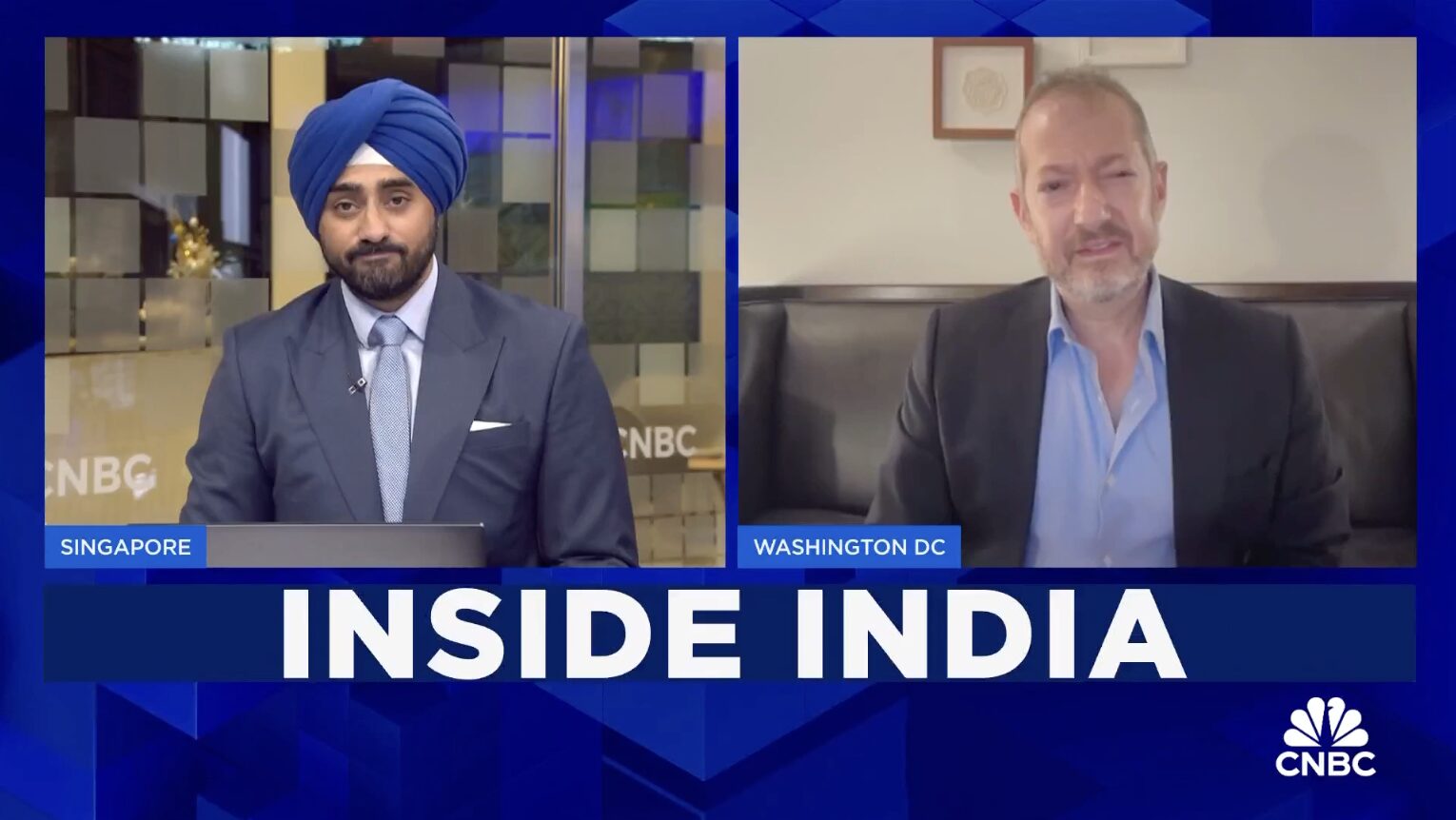
Dr. Sanjay Gupta: Explains the Science of Mouth-Taping
There’s a new sleep trend making waves: taping your mouth shut at night. Advocates say it can help you breathe better, sleep deeper, and even…
Thought Leader: Sanjay Gupta
NPR’s Ari Shapiro speaks with Dr. Michael Osterholm about what the general public can understand about the origins of COVID-19.
ARI SHAPIRO, HOST:
Three years after the COVID-19 pandemic began, the debate over where it came from seems to be getting more confusing. Eight U.S. government agencies are investigating COVID’s origins. And now, according to The Wall Street Journal, one of those agencies, the Department of Energy, has shifted its stance from being undecided to a little less undecided.
MICHAEL GORDON: It’s gone from saying, well, we don’t know, to, we think it’s most likely it did come from a lab, though with low confidence.
SHAPIRO: That’s Michael Gordon of The Wall Street Journal speaking to NPR’s Morning Edition about his reporting. But the White House is trying to make one thing clear. Here’s National Security Council spokesman John Kirby.
(SOUNDBITE OF ARCHIVED RECORDING)
JOHN KIRBY: There is not a consensus right now in the U.S. government about exactly how COVID started. There is just not an intelligence community consensus.
SHAPIRO: Let’s talk about where the debate stands with Michael Osterholm, director of the Center for Infectious Disease Research at the University of Minnesota. Thanks for being here.
MICHAEL OSTERHOLM: Thank you.
SHAPIRO: So this leaked intel assessment from the Department of Energy comes with low confidence that COVID originated in a lab in China. What’s the most important thing for us to understand here?
OSTERHOLM: Well, I think what we’re experiencing right now is a situation where everyone wants a lot more information than we actually ever will likely have because everyone wants to answer this question definitively. And I think you’re going to see a series of these kinds of events happen where someone will come forward with some new pronouncement – oh, by the way – with low confidence. And to me, I don’t think there’s anything different today than there was two weeks ago regarding the actual answer as to what happened in China.
SHAPIRO: Can you explain why – even if it’s kept classified, why would an agency report a conclusion if that conclusion is low-confidence? Like, what does that mean?
OSTERHOLM: Well, I think that’s a question we’re all asking, not just the media. I think the challenge we’ve had is that far too many of the media, unlike what you’re doing right now, has led with the banner headline that the lab leak was the most likely cause for the pandemic. And, you know, I happen to be one of those scientists who’s been agnostic on this issue. I think that the data that we do have more often supports the idea that it was a spillover from an animal into humans. But because – I’ve been a longstanding critic of our laboratory safety aspects around the world in terms of the potential for a leak, so I surely have had an open mind on that. But I think the bottom line message is that we just are not ever going to have enough information to come up with a definitive answer, just like some of the classic cold criminal cases have been over the decades.
SHAPIRO: There’s the intelligence community piece of this and also the virology piece of it. And four of the eight U.S. agencies investigating it have leaned towards natural causes as the root of COVID spread. But if the intelligence community is split, independent scientists seem much less so. Why do you think so many virologists and infectious disease experts say the natural origin is much more likely?
OSTERHOLM: Well, again, it’s all about what are the data. And the intelligence community has yet to provide any clear or compelling information which supports that, yes, it was a lab leak. Again, the scientific community has largely come up saying that if you look at what happened in the markets of Wuhan, it’s more likely that it started there. Again, I’m agnostic. I will take whatever data is there. But I think for the intelligence community just to come forward and say, based on our new assessment, we believe this or that – I want to see the data. And they have not provided any new information which supports that there is reason to believe that it leaked from the lab.
SHAPIRO: I know you’re not a political analyst, but there is a political element to this. China has rejected the Department of Energy’s findings. And meanwhile, some American politicians who have been skeptical at best and xenophobic at worst about COVID’s origins are latching onto this report as what they call proof that they were right all along about it coming from a lab in Wuhan. Does this actually bolster their case in the way they say it does?
OSTERHOLM: I don’t think it does at all. But, again, there is a very different type of theater being played out here. It’s not one that’s based on science. Let me just add context to this. Imagine if a new virus emerged in the Caribbean, life-threatening new virus that was highly infectious. Where would we likely pick it up first? Probably in Atlanta because of the fact that that’s where the air hubs (ph) are. That’s where the laboratory capacity would be. If we found a new virus like that in Atlanta, don’t you think the world would think it leaked from the CDC? And imagine if Russia and China said, we want access to your laboratory so we can see whether or not this really happened. We would say, no, sorry not. Well, I’m not trying to make an excuse for the Chinese. We know that they surely could not be telling the truth. But at this point, I can also understand they’re not going to let the U.S. in.
SHAPIRO: That’s Michael Osterholm, director of the University of Minnesota’s Center for Infectious Disease Research and Policy. Thank you for speaking with us.
OSTERHOLM: Thank you.
Dr. Sanjay Gupta: Explains the Science of Mouth-Taping
There’s a new sleep trend making waves: taping your mouth shut at night. Advocates say it can help you breathe better, sleep deeper, and even…
Thought Leader: Sanjay Gupta
Joe Grogan: The Alzheimer’s Economic Threat
Social Security could become insolvent in as little as eight years, with more people retiring and living longer and fewer paying into the program. Alzheimer’s disease is…
Thought Leader: Joseph Grogan
Evan Feigenbaum on the outcomes of Putin’s India visit
Evan Feigenbaum of the Carnegie Endowment for International Peace argues that none of India’s major challenges can be meaningfully addressed by deepening ties with Russia.…
Thought Leader: Evan Feigenbaum

